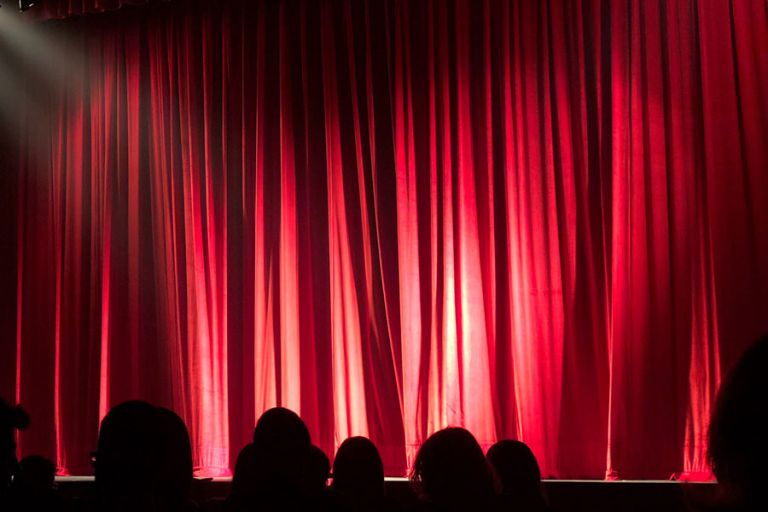What does it mean to write a violin concerto in the 21st century? These three works, all written for the phenomenal Renaud Capuçon, consciously avoid the show-stealing nature of barn-burners of the past, and all are shaped more as tone poems than concertos. Wolfgang Rihm and Pascal Dusapin casting the soloist as discursive storyteller, barely allowing Renaud Capuçon a moment’s rest, while Bruno Mantovani treats orchestra and soloist as more equal partners.
Dusapin’s work is in some ways the most tied to the past, a three-movement concerto with two extended solo cadenzas. The title, Aufgang, can mean both “rising/emerging” and “stairs”, and at the very outset, our risen violinist of “light” steps high above the “darkness” of the orchestra. The long, slow central movement provides a much-needed beating heart for this work, a heartfelt tune sung over simple accompaniment.
Rihm is a prolific composer, and Poem of the Painter is his sixth violin concerto. According to the composer, the violin “embodies [expressionist artist Max Beckmann’s] brush as it moves across the canvas”. The soloist weaves rhapsodic tales, cajoling us, humouring us, assaulting us, while the orchestra provides light and shade, with sounds of dark rolling thunder,...
Continue reading
Get unlimited digital access from $4 per month
Already a subscriber?
Log in










Comments
Log in to join the conversation.